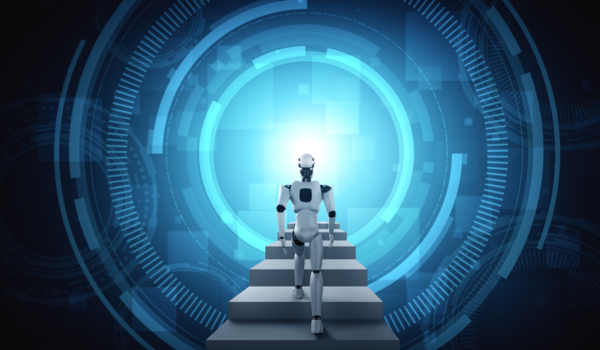


Cambridge, Massachusetts - The bulk of healthcare jobs in the future will likely not be replaced by artificial intelligence (AI) but augmented by it on a daily basis. What is happening in jobs in other domains and to some degree in healthcare prompts the prediction as to what jobs will be like when clinicians have AI as a close colleague. Most AI systems that now exist in healthcare are largely outside the normal clinical workflow, but AI will in future be much more integral to dealings with patients by physicians, nurses, and other medical specialists.
To accurately predict the future of work in any field is difficult, but a directional view into the healthcare jobs of the next decade or so is revealing in investigating the future relationship between AI and human clinicians.
Less Reaction, More Prediction
AI, particularly in the form of machine learning (ML), is a predictive technology. Healthcare has been largely a reactive discipline. In the past: someone gets sick, a clinician reacts with an intervention of some type, and the patient recovers - or not. Yet AI-based healthcare, if done well, predicts health problems in patients before they occur, or at least before it is too late.
Some institutions already practice predictive care. For example, one medical center in the United States is predicting a variety of musculoskeletal diseases (osteoarthritis, knee replacements and others) based primarily on radiology images, and is treating some patients with drugs, and others with early surgical interventions. It can predict the onset of liver disease and offers living donor liver transplants to the susceptible. One AI software company says it can forecast the likelihood of disease hotspots and heavy care utilizers, disease progression, inpatient deterioration, sepsis, length of stay, readmission, and end of life, as well as their implications for staffing, emergency departm
The content herein is subject to copyright by The Yuan. All rights reserved. The content of the services is owned or licensed to The Yuan. Such content from The Yuan may be shared and reprinted but must clearly identify The Yuan as its original source. Content from a third-party copyright holder identified in the copyright notice contained in such third party’s content appearing in The Yuan must likewise be clearly labeled as such. Continue with Linkedin
Continue with Linkedin
 Continue with Google
Continue with Google










 2656 views
2656 views







